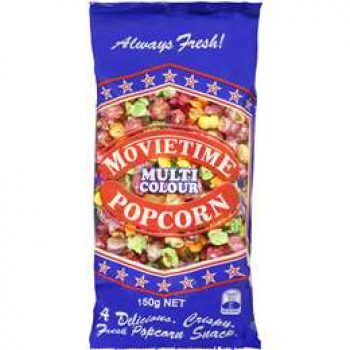

Eaters found the act of popping corn wildly entertaining, and by 1848, popcorn, the snack food, was prevalent enough to be included in the Dictionary of Americanisms. Popcorn had literally exploded onto the scene and was available everywhere-especially at entertainment sites like circuses and fairs. "Most likely, North American whalers went to Chile, found varieties of popcorn, picked them up and thought that they were cute, and brought them back to New England in the early 19th century," Smith explains.Īfter popcorn made its way to the eastern part of North America, it spread rapidly. Eventually, trade and commerce brought the unique kernels northward. "Popcorn went north and it went south, but as far as I can see, it really only survived in South America," says Andrew Smith, author of Popped Culture: A Social History of Popcorn. It was one of the first variations of maize cultivated in Central America. Popcorn–a name mostly associated with puffed kernels of corn–is actually a strain of corn, characterized by especially starchy kernels with hard kernel walls, which help internal pressure build when placed over heat.

The history of popcorn is vast, and it intersects with movies in the relatively recent past–a symbiosis of taste and place created to save the fledgling movie theater industry from near collapse during the Great Depression.Ībout 8,000 years ago, maize was cultivated from teosinte, a wild grass that doesn't look much like the modern corn we know today.

Movie theater popcorn is a concession stand staple whose scent has spawned marketing ploys and copycat recipes, but movie theaters haven't always been saturated with the tempting smell of salt and butter.


 0 kommentar(er)
0 kommentar(er)
